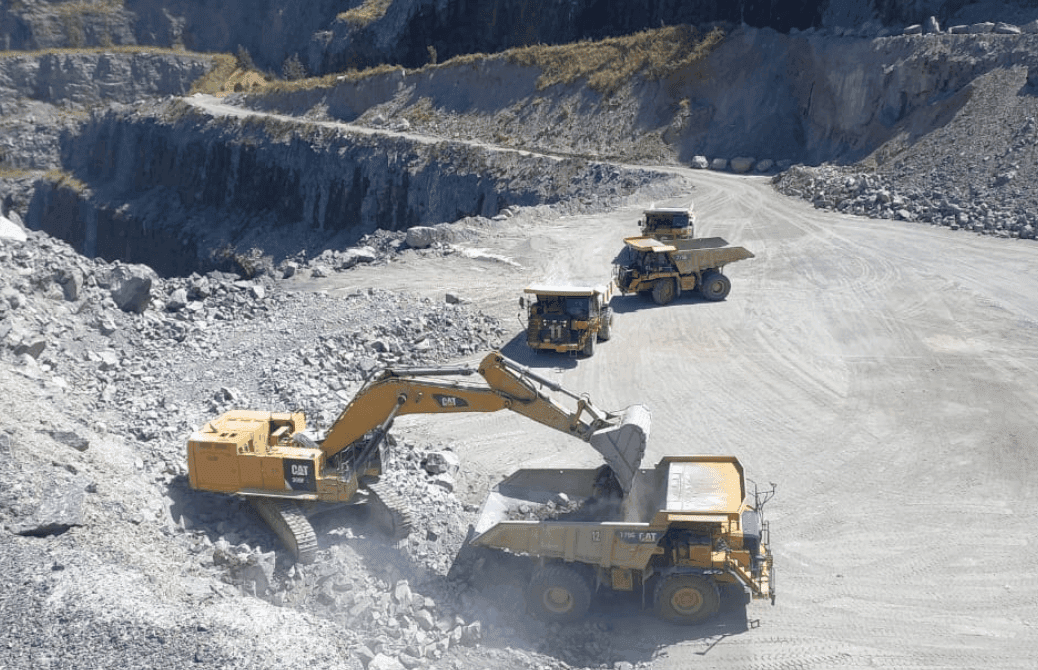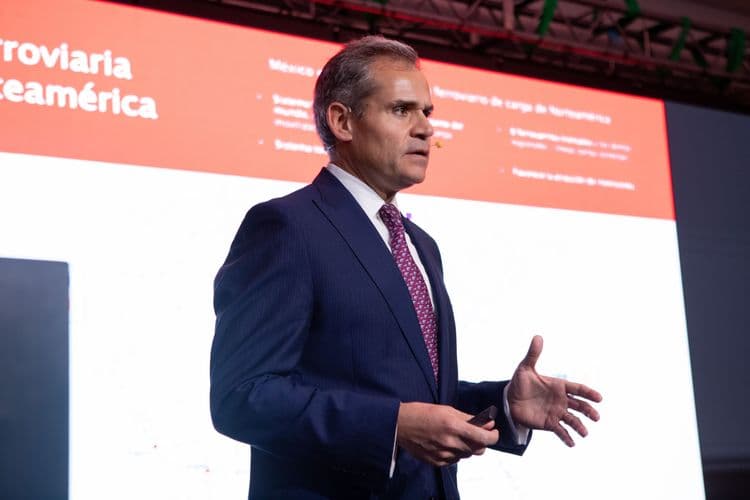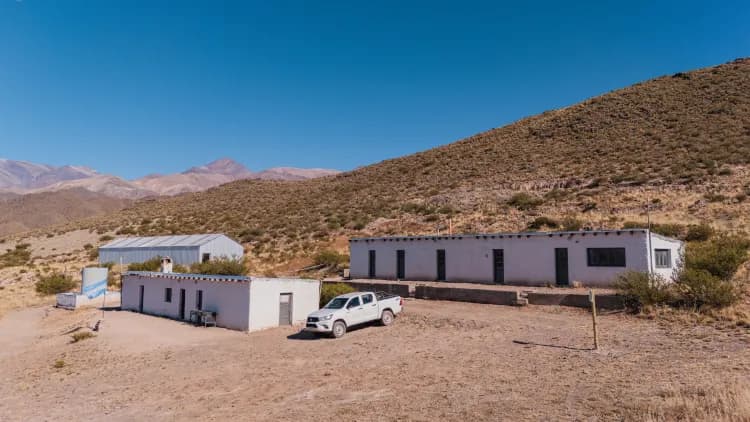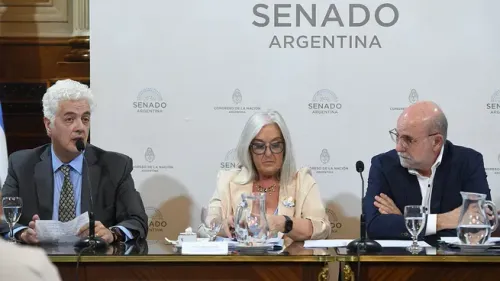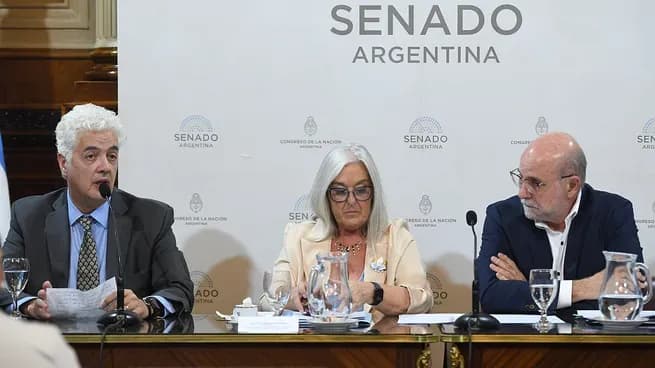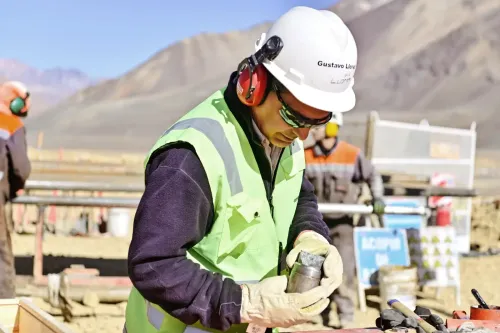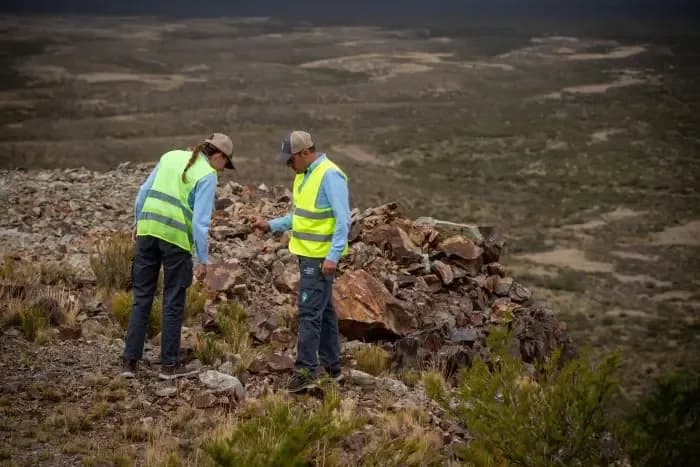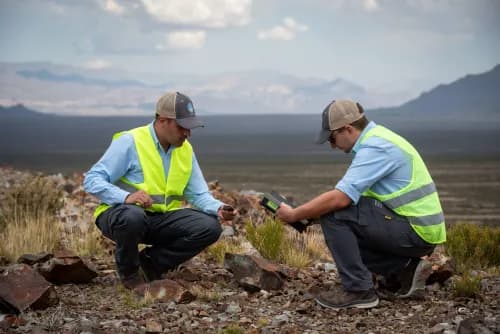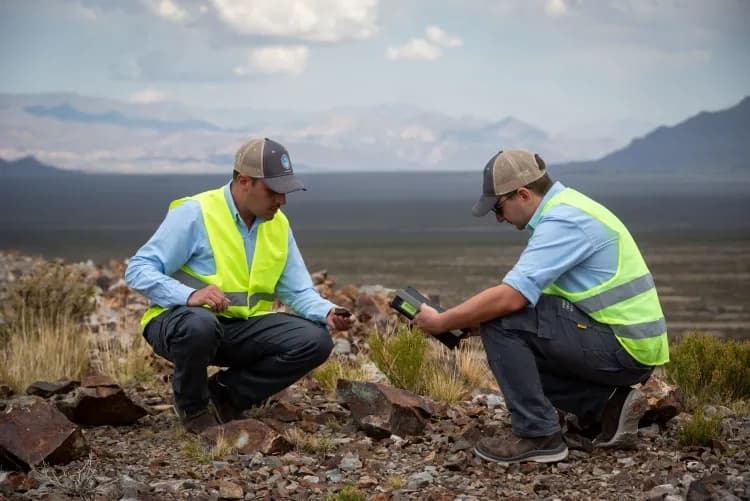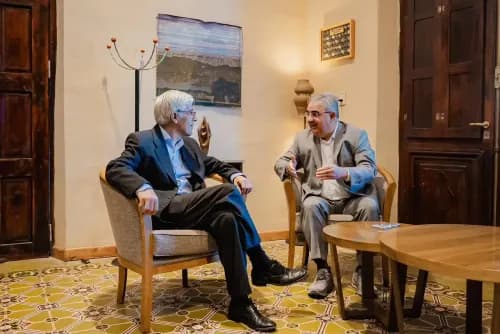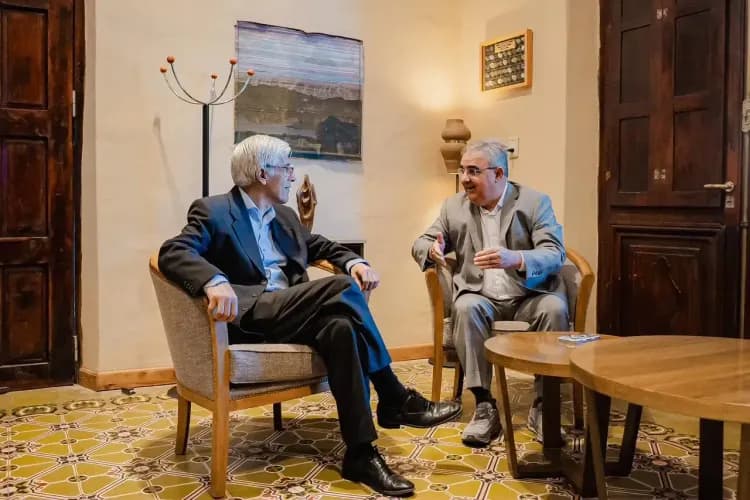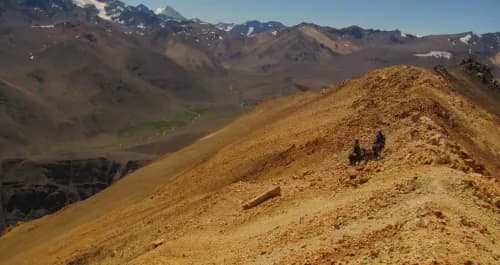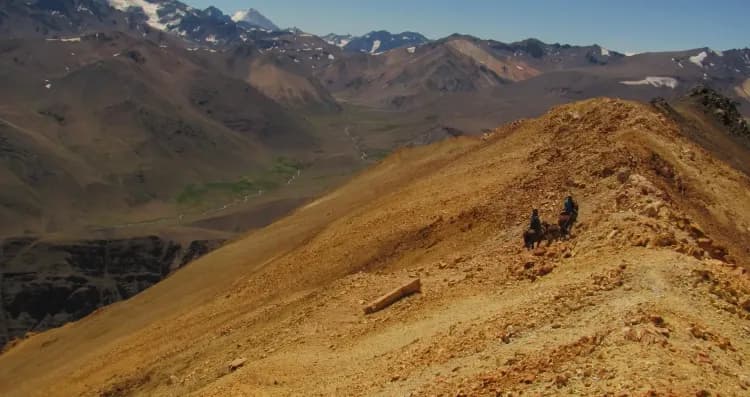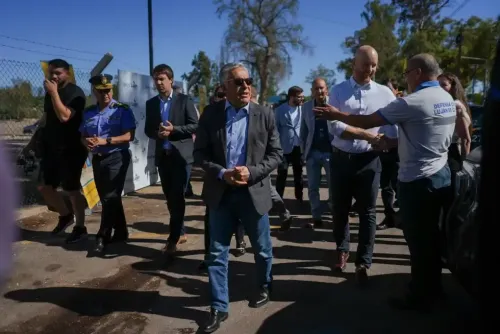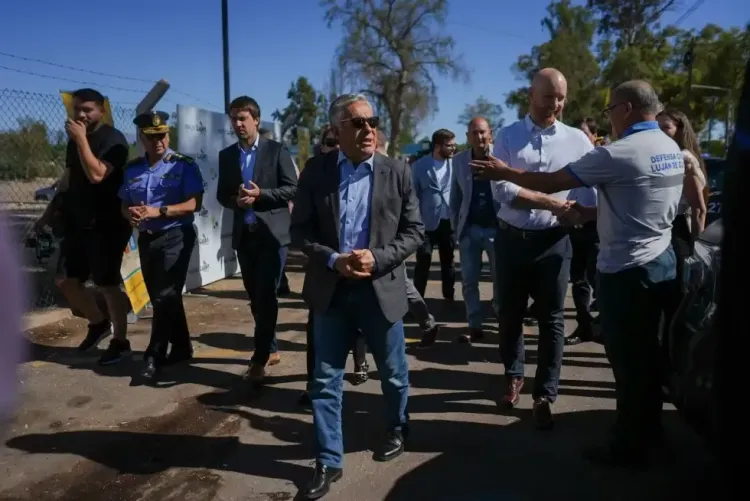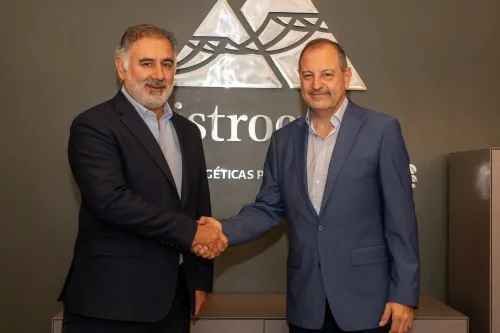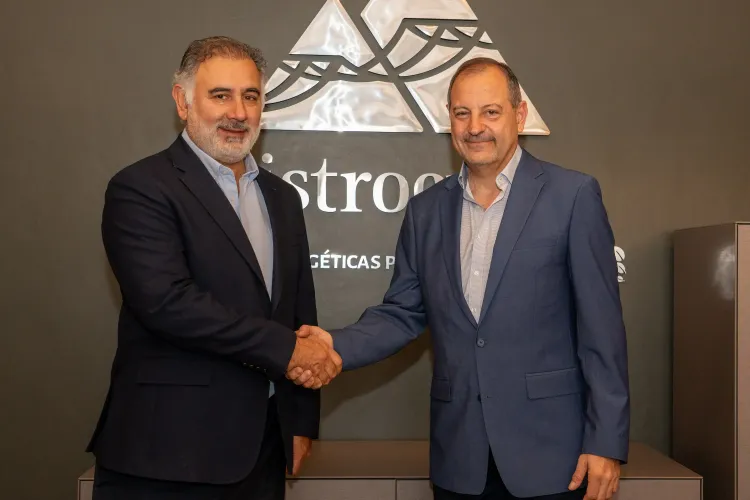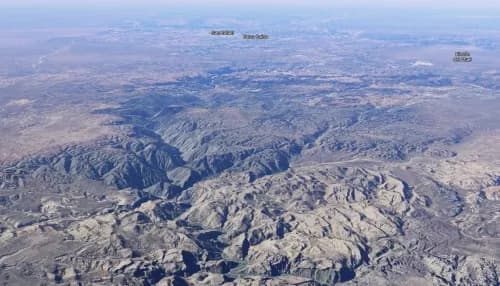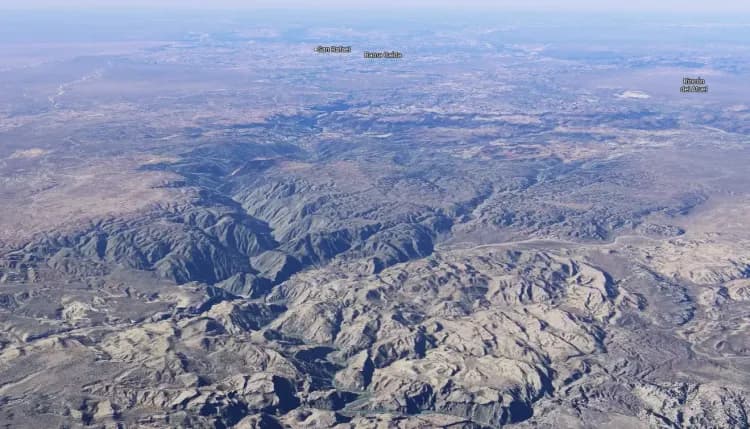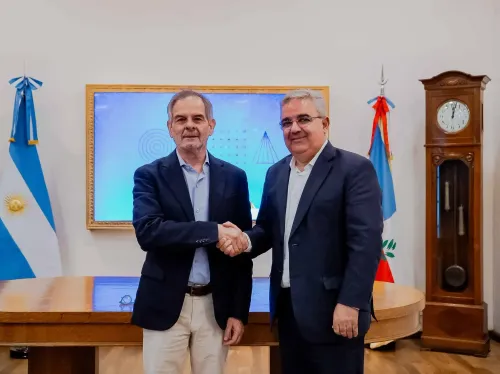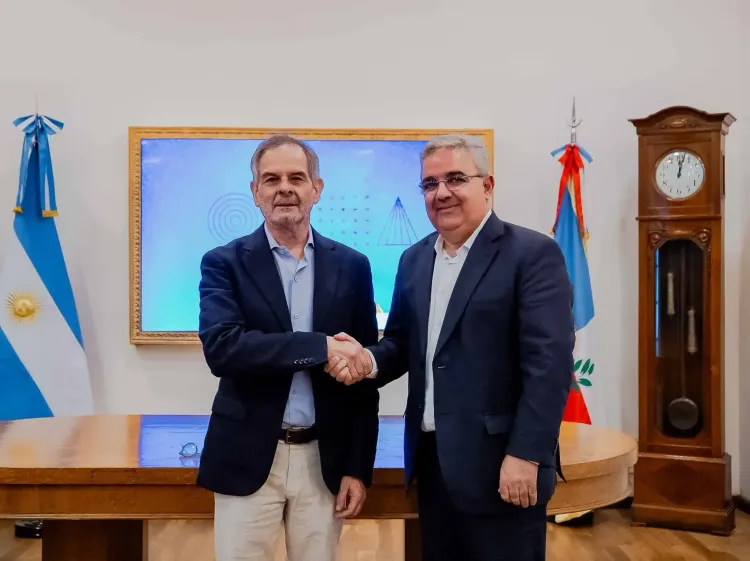From the Stone Chamber of the province of Buenos Aires, José Pizone, its president, asserts being in the most complex scenario in 140 years.
By Panorama Minero
In an interview held last September, you informed us of a complex landscape for the stone and construction aggregates sector. How is the sector today?
If we take September 2023 as a reference point, we can say that, despite the significant decline throughout last year, the situation of the sector today is much more complex.
In this regard, it is important to highlight that there is currently no public works at the National or Provincial level. The ongoing projects are completely halted, as without appointed Authorities in National Highways, it is impossible to adjust prices due to the inflationary process.
From our point of view, the issue of Public Works is being mishandled, essential for developing the countless necessary infrastructure projects. On one hand, the argument of corruption is not valid since corruption requires two parties, and if we have upright administrators, corruption is not possible. On the other hand, to carry out works in the style of PPPs, it is necessary for the roads to be tendered, with bidding documents, concession timeframes, toll collection determination, and so forth.
At this moment, March 2024, companies are on the brink of sustainability: there are no dispatches, no feasible prices, inflation continues to impact costs, with no short-term improvement prospects in sight.
The installed capacity is enormous, and dispatches are nearly nonexistent. In some companies, vacations are already being brought forward due to idle capacity and to avoid having inactive personnel, and biweekly payment splits are another measure being implemented. The next steps are difficult to implement but likely necessary.
It is important to remember that the non-metallic sector of Argentina generally responds to the supply of materials for construction, with approximately 600 SMEs at risk.
How do you work with the mining workers union association (AOMA) in complex scenarios like the one you are experiencing?
So far, I would say that the relationship with AOMA is excellent, but difficult times lie ahead. Both parties have shown positive signs during the two years of negotiation during COVID-19. Thanks to this relationship, and despite the current situation, efforts are made to sustain jobs and business operations.
**
Is there an estimate of investments made in the province of Buenos Aires using construction aggregates?**
In recent years, the data from the Province of Buenos Aires does not reflect the investment actually made in this jurisdiction.
Our data indicates that we have an installed capacity of 2,200,000 tons of monthly production, and by the end of 2023, production was at 50% of capacity. At this moment, I understand that we will be between 25% and 30% of production capacity, on average, in several companies, ranging from 10% to 15%.
There is a myth that the stone and aggregates sectors do not add value, what can you tell us about this?
These myths that exist throughout the mining industry are due to a lot of intentional misinformation and poor communication of what is actually being done.
I can say that the work carried out, especially in the mining activity in the Province of Buenos Aires, is executed by professionals with extensive knowledge, encompassing everything related, directly and indirectly, to aggregates - including all types of sands - cement, ceramics, sanitary ware, all white goods, clays, and derivatives. In essence, everything related to infrastructure and construction of all types demonstrates that the activity generates approximately US$3.5 billions annually, solely in the province of Buenos Aires.
With our products, despite not exporting, our sector generates enormous added value, transforming natural raw materials into final products of immense and indispensable use throughout the community.
What tasks have you carried out over the years in the field of worker training and local supplier development?
In general, companies have training plans for their personnel, some very active and with a high level of development.
For example, in the Stone Chamber, we developed a tertiary Mining career with ITECO (Technological Institute of Olavarría) in collaboration with the Polytechnic University of Madrid, Spain, being the oldest University in mining development.
Additionally, the Stone Chamber, and individually its members, provide scholarships for students who would not be able to afford the study costs.
Regarding the development of local suppliers that exist in the industry in Olavarría today, it is a necessary issue to deepen and advance throughout the Province, and for this, we work within the UIPBA (Industrial Union of the Province of Buenos Aires), being part of its leadership.

